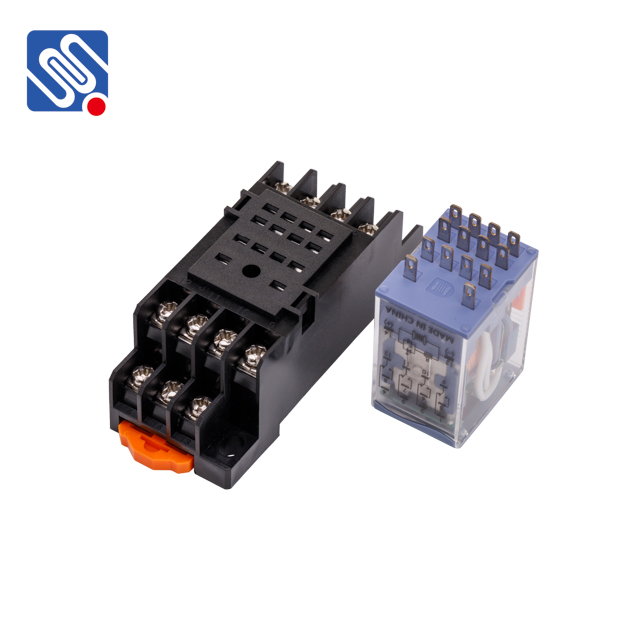An electromagnetic relay is an essential electrical component used to control the switching of electrical circuits. It plays a vital role in various industrial, residential, and commercial applications, enabling the automation of systems and offering reliable control of electrical devices. This article explores the working principle, applications, and advantages of electromagnetic relays, shedding light on why they are widely used in electrical control systems.

Working Principle of Electromagnetic Relay The core function of an electromagnetic relay is to open or close a circuit by utilizing electromagnetic induction. It consists of several key components: an electromagnet, a set of contacts, and a movable armature. When an electric current flows through the coil of the electromagnet, a magnetic field is generated. This magnetic field attracts or repels the armature, causing it to either make or break contact with the relay’s electrical contacts. The relay’s contacts are typically made up of a combination of normally open (NO) and normally closed (NC) contacts, which define the behavior of the circuit. When the armature is pulled in, the NO contacts close, completing the circuit. On the other hand, when the current is turned off, the armature returns to its original position, and the NC contacts close or the NO contacts open, interrupting the current flow.